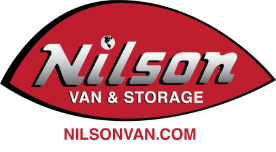
Are you working toward a business or office relocation? No matter how small or large your company, the need for storage could be a factor. Here’s what you need to know about self-storage vs. warehousing and if storage in a warehouse is the best option for your company.
What is Self-Storage?
Many Americans have more stuff than they can fit in their homes, which is why self-storage is so abundant. But self-storage can work for businesses too, including during a company relocation. If you have a gap between your move-out and your move-in dates, storage is a great option for keeping furniture, electronics, equipment, and office supplies. If your new location is in the middle of renovation when it’s time to move, a storage space can house any extra stuff until you can move it into the new building. The drawback to self-storage is that you must do it all yourself or hire a moving company to move things into the space now and then again to move it back out of the storage unit later.
What is Storage in a Warehouse?
Warehousing is like self-storage because it offers space to securely store office equipment and supplies during a business or company move. Whatever the reason, be it a timing gap or excess furniture, warehousing is a great solution, especially when your moving company is the one offering it. They will move your items to their warehouse and keep them safe and secure until it’s time for them to move them to your office location.
To find out if self-storage or storage in a warehouse is the right option for your company during a relocation, talk to moving professionals with experience to guide you to the right decision. Contact the moving experts at Nilson Van and Storage to find out more.











